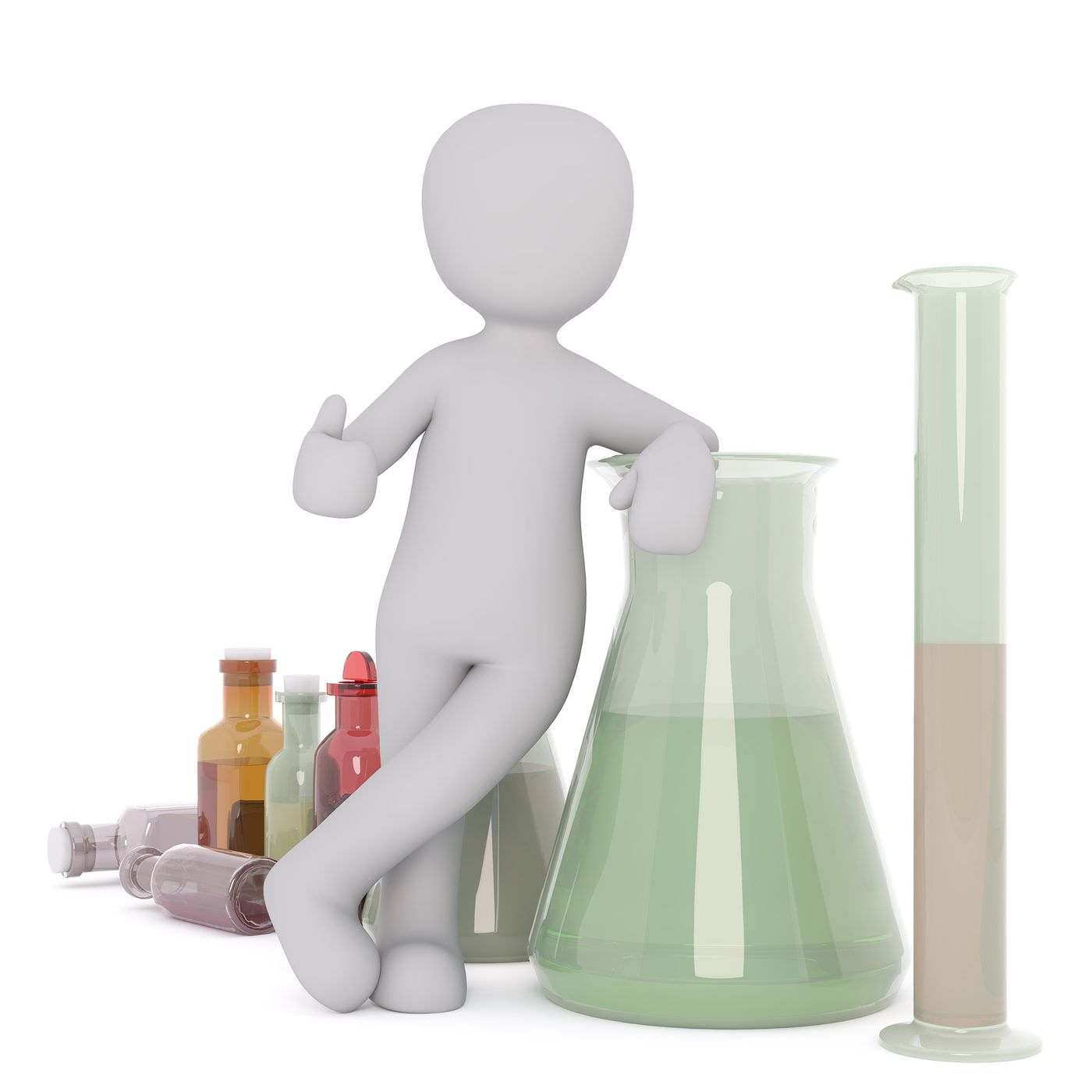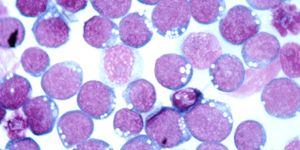Hurdles in Pre-clinical Drug Targets
In the new era of personalized medicine and targeted therapeutics, the identification of molecular drivers of disease to target is essential. So far targeting in this manner has proven successful in a number of scenarios. Imatinib, tradename Gleevec, is an optimal example in the treatment of chronic myelogenous leukemia and acute lymphocytic leukemia where the disease is driven by the expression of the BCR-ABL fusion gene (a product of aberrant chromosomal translocation) which results in constitutively active tyrosine kinase activity promoting cell division and growth. Imatinib targets this kinase activity and effectively blocks cell growth in patients harboring BCR-ABL fusions, thereby ‘eliminating’ the cancer. Another great example is the use of epidermal growth factor (EGFR) inhibitors for the treatment of lung cancers dependent on constitutively active EGFRs which drive cell growth as well. EGFR inhibitors can remediate the growth resulting in tumor abrogation (although patients do tend to eventually relapse).
Identifying and targeting these molecular drivers is the basis for many drug discovery efforts towards which countless dollars are allocated. These processes occur largely in academic labs where proteins, genes, or molecules of interest are interrogated by chemical or genetic manipulation and studied in multiple model systems such as pure in-vitro form, in cell culture model systems, as well as in animal models. Once a multitude of experiments are performed lending evidence that modifying these proteins and their function might prove valuable therapeutically, then clinical studies can be initiated. Seems straightforward enough, but why do so many targets that seem so promising in the lab end up failing in the clinic or never making it there? There are a number of reasons, but a recent perspective published in Nature Reviews Cancer by William G. Kaelin Jr., MD at Dana-Farber Cancer Institute, Harvard, eloquently summarizes some of the basic lab-based issues to consider.
Number one: reproducibility. There is a high rate of data reported in published papers that cannot be reproduced by other labs or in some instances by other personnel of the same lab. Of course there is the off chance this is due to fraudulence, but giving the benefit of the doubt, other reasons could be due to chance occurrence, conditions which cannot be reconstituted the same way again, or due to the infinite variables that come in to play. More obvious things include, for example, differences found in what is supposed to be the same cell line between different labs, acquired mutations with passaging cells over time, the use of one brand of buffer or reagent versus another; and less obvious things come into play such as simple technical aspects of experimental protocol like whether a sample is cooled for 5 minutes versus 6 minutes, or mixed by pipetting versus vortexing, using 0.1% versus 0.2% of a certain buffer component, etc. These things which might seem insignificant can sometimes make all of the difference. In the perspective article, Dr. Kaelin mentions that published protocols often lack some of the important, intricate experimental detail needed to reproduce the indicated results. This then brings up the issue of robustness, or “the ability to withstand perturbations and the ability of a finding to hold true over a range of experimental conditions”. Something that only works sometimes is a lot less likely to hold consistently true in clinical scenarios.
Next, using caution when concluding causation versus correlation. Often, if certain results are observed it becomes easy to say they are a direct result of something else that was altered experimentally, but this may not be the case. Then again, it might be. The issue then, is that researchers need to be careful before staking claims that one thing causes another unless they have done the appropriate experiments to show this. Two things that are closely connected could be due to direct mechanisms, indirect mechanism, by a third interaction in common, or by no connection at all. Similar to causation versus correlation, distinction of something being necessary rather than sufficient can lead to misrepresentation, misinterpretation, and not necessarily accurate conclusions off of which others might base future research.
Another thing to consider: Big data and statistics. There is an open vault of things that can be misinterpreted or wrongly interpreted when it comes to this, and as we generate more and more big data this becomes a very important thing to consider. You can likely find the answer you seek depending on how you ask your computational question. In this case controls, and controls for your controls, are critical. Which brings up another good point, often appropriate controls are not used to truly ensure results are valid. There are multiple other factors that come into play, such as the assays used to screen molecules to hit the target in question, potential off target effects that might be misinterpreted, etc. What model system is used to test your molecules of interest – and do they accurately recapitulate the disease? It is surprising how many studies are done in cell lines that do not resemble what is seen clinically, or in cell lines that might represent 1% of patient cases that present in the clinic. Additionally, if your potential new drug works in all of your cell and animal systems, human systems (cardiovascular, immune) are different and therefor might elicit different responses. Will your drug even penetrate cells in the body? Will it be absorbed, and if so how long will it stay in circulation or will it be rapidly excreted? Then there is the issue of toxicity.
All of these things are important to consider and contribute to why many promising targeted drug candidates ultimately fall out and prove unsuccessful, but researchers have become much more aware of such dilemmas and are working diligently to take all things into consideration as much as possible. Dr. Kaelin summarized his perspective on this topic by stating “Although raising our standards of rigor will be challenging, it is useful to remember that it is a virtual certainty, from a statistical point of view, that cancer (or other disease) will one day affect someone we love, and our patients today, as well as the patients of tomorrow, are desperately counting on us to do better and move the field forward”
Sources: Nature Reviews Cancer, Wikipedia, Pixabay










